




An Introduction to How Crystals are Formed
Crystal is a certain kind of solid object. All matter around us is made up of tiny particles called atoms and molecules. If these atoms or molecules are arranged in a regular pattern then the object is called a crystal. The process of formation of crystals is called crystallisation. Crystals are a special kind of solid material in which the molecules fit with each other in a repeating order. That is why they have unique shapes. Crystals are sparkling, shimmering, soft and silky solid materials. They have many shapes and colours. Read ahead to learn more about crystals and their formation.
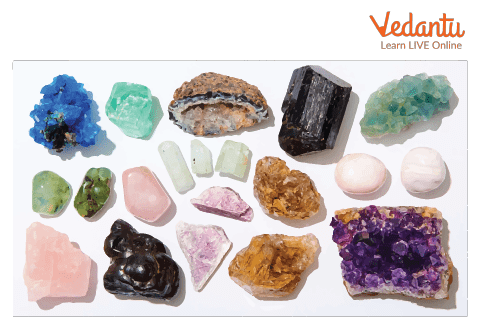
Various Kinds of Crystals
How Are Crystals Formed?
A crystal is a solid material that consists of a three-dimensional arrangement of atoms, molecules and ions. The process of formation of crystals is called crystallisation. Crystals are not like biological systems which nourish from the inside, they grow from the outside by any of the following three methods.
Either from a vapour
Either from a melt
Either from a solution
It is a three-step process
It begins with a process called nucleation in which molecules systematically approach each other to form some stable aggregates.
The second step in the process is growth. In this step, there is the addition of more molecules or atoms to the surface of the crystal regularly.
The third and last step is called termination. In this step, growth stops further and molecules lay down at the crystal surface.
Unique Properties of Crystals
Let us learn some unique properties of crystals.
Crystals have flat surfaces and these surfaces are called facets. They can form geometric shapes such as triangles, rectangles and squares.
Their shapes are due to different types of atoms or molecules present in them.
There are seven different shapes of crystals which are called lattices. These shapes are cubic, trigonal, triclinic, hexagonal, orthorhombic, monoclinic and tetragonal.
Crystals differ in physical properties for example hardness, heat conductivity, and electrical conductivity.
Interesting Types of Crystals
There are various types of crystals. Let us talk about some of them.
1. Snowflakes: These are ice crystals. They are formed high in the clouds when water freezes. These crystals have six sides and every one of them is unique.
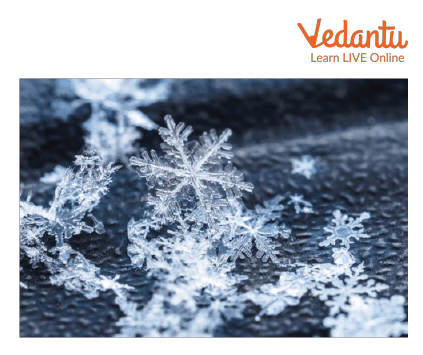
Snowflake Crystals
2. Timing Crystals: In some crystals when an electric current is passed, they vibrate at a very precise frequency. Quartz crystals are used to keep an accurate time in watches and other electronics.
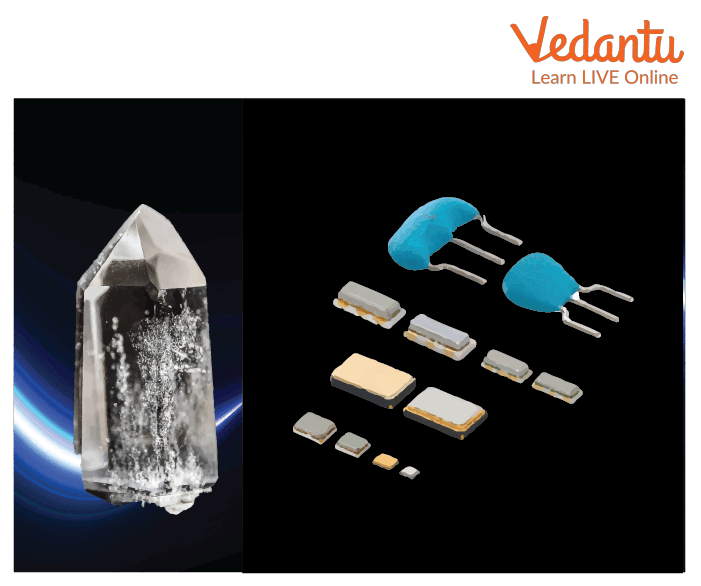
Crystal Timing Devices
3. Quartz: It is a common crystal and one of the hardest common minerals.
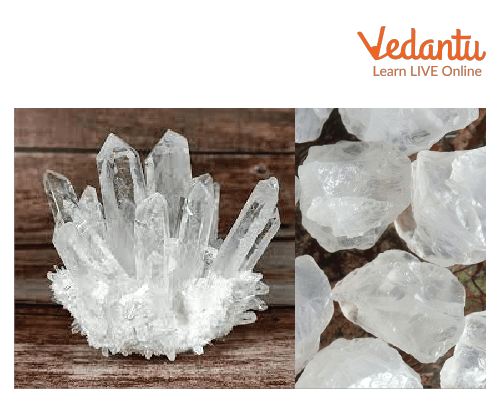
Quartz Crystal
4. Diamond: Diamonds are one of the most valuable minerals and one of the hardest substances on earth.
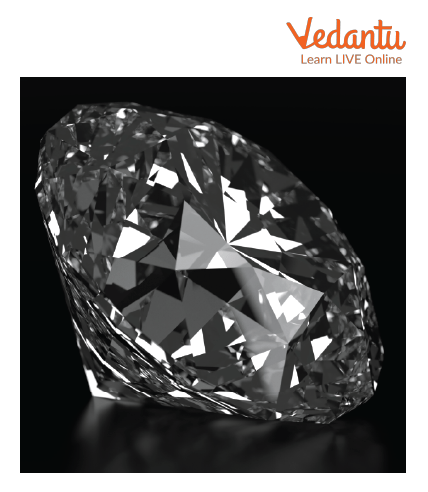
Diamond Crystal
How to Make a Crystal?
Let us learn how to make a crystal. First of all what we need to make a crystal is magnesium sulphate, which is a salt, food colouring pack and a 250 ml beaker.
The steps involved in making crystals are:
Firstly, in a beaker take half a cup of magnesium sulphate with a half cup of very hot water and stir it for at least 1 minute so that a saturated solution is prepared which means no more salt can be dissolved in the water.
Add a few drops of food colouring so that crystals get coloured.
Put the beaker in the refrigerator for a few hours. After a few hours, a beaker full of crystals can be observed. Crystals grown in this manner are of small size, thin and numerous.
Sample Questions
Question 1. What are crystals made of?
Ans: A crystal is made up of atoms of the same element or atoms of different elements which are arranged regularly.
Question 2. How fast do crystals grow?
Ans: Crystals can grow about two centimetres for ten million years. In mines, they can even grow faster.
Question 3. What is a group of crystals called?
Ans: A group of crystals is called lattice systems. Each lattice system consists of three axes in a particular arrangement.
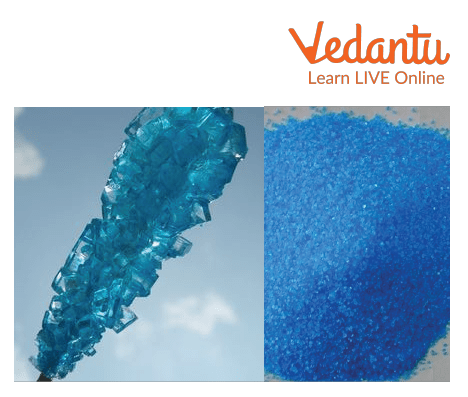
Blue-coloured Crystals are Formed from Magnesium Sulphate
Summary
Crystals are minerals that hold energy and as we humans are made up of energy we can exchange energy with the crystal when we work with it. They improve the functions of many everyday objects like watches, plugs, hospital equipment, lasers and other electronic devices. Many people use crystals to heal physical illnesses while others use these for focus and stress.
FAQs on How are Crystals Formed?
1. Do crystals need light to grow?
Light does not affect the process of formation or growth of crystals.
2. What is the best material to grow crystals?
The method of growing crystals is to make a saturated solution of water and salt or sugar. In this experiment, water is the solvent and salt or sugar is the solute. Rock or Epsom salt can be used.
3. What causes crystals to form?
Crystals form when molecules come together to stabilise when liquid starts to cool and harden. This process is called crystallisation.
4. What affects crystal growth?
There are many factors which affect the growth of crystals for example the amount of dissolved material, evaporation, pressure and temperature. The higher the amount of dissolved material in water and the more pressure that is applied to the material, the bigger the crystals grow.
5. How long does it take for crystals to grow?
Crystals need around one to four days for their growth. Many crystals grow fast when they are in a warm dry location that encourages more evaporation and therefore more crystallisation.









